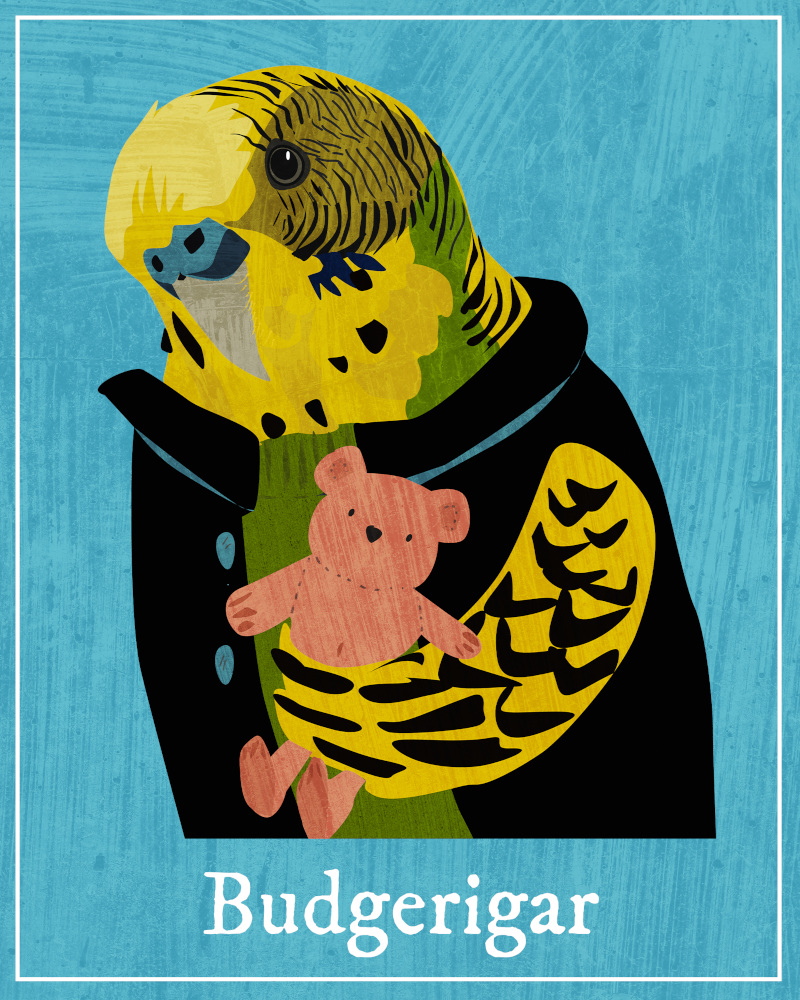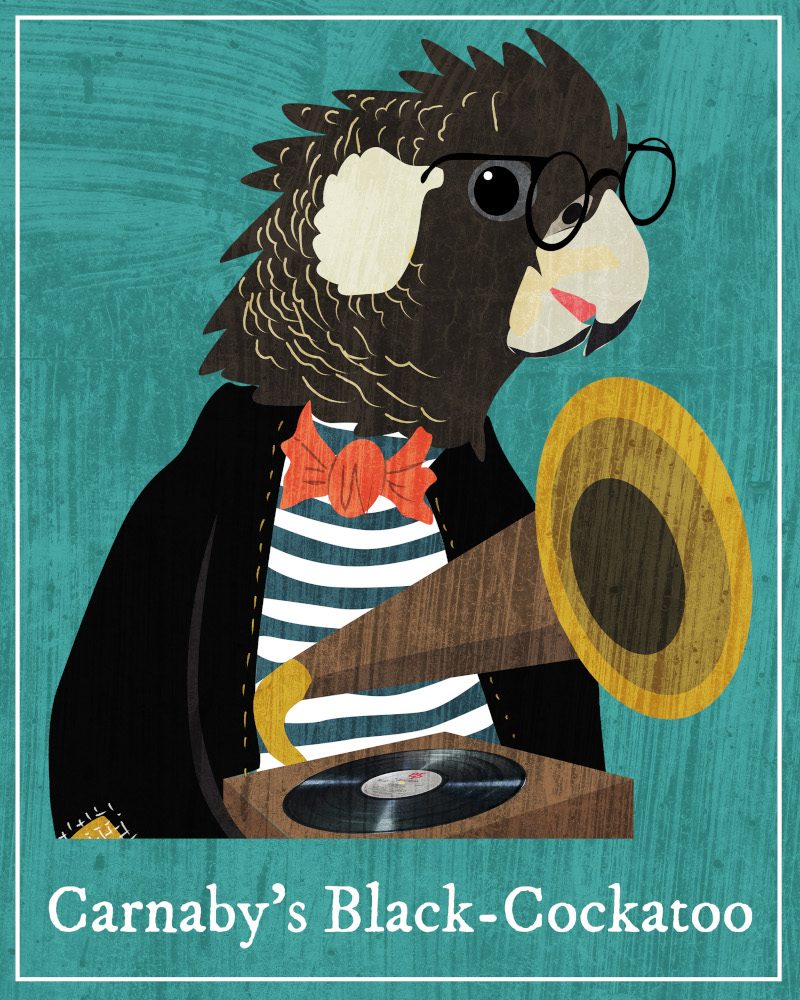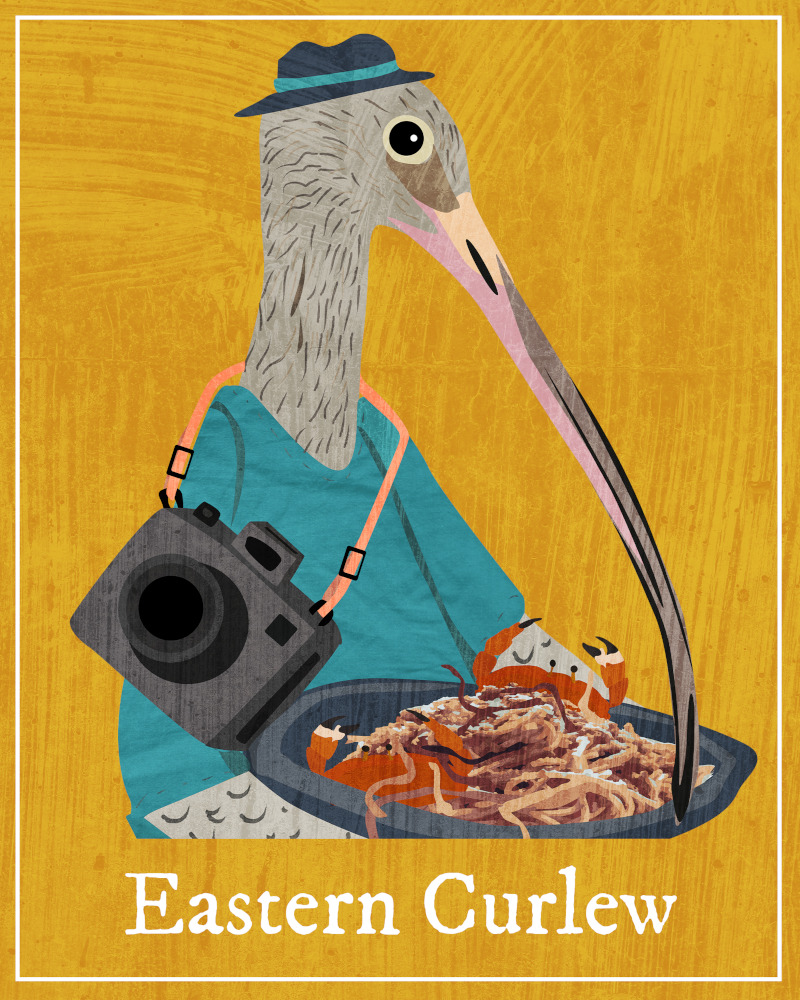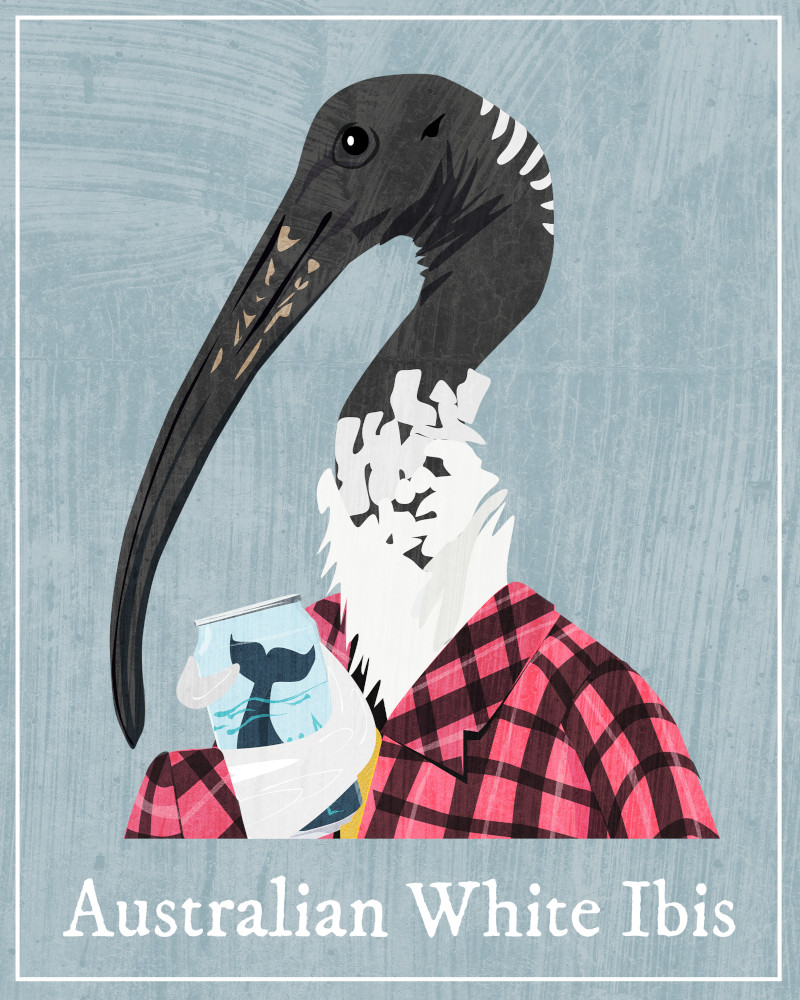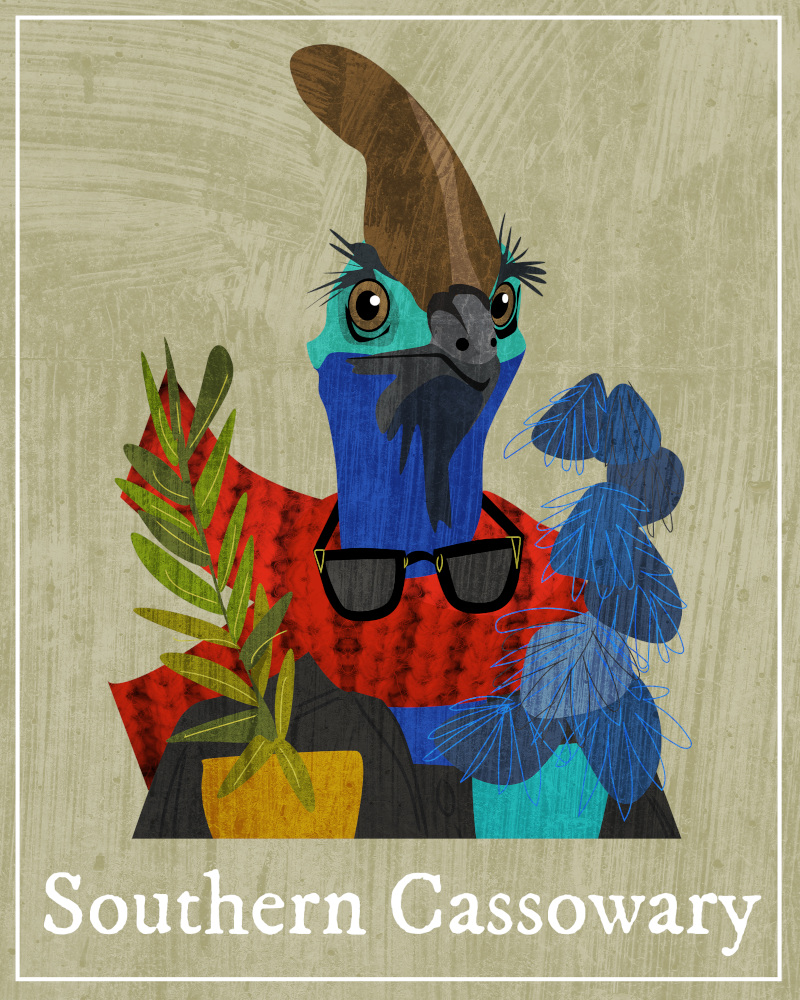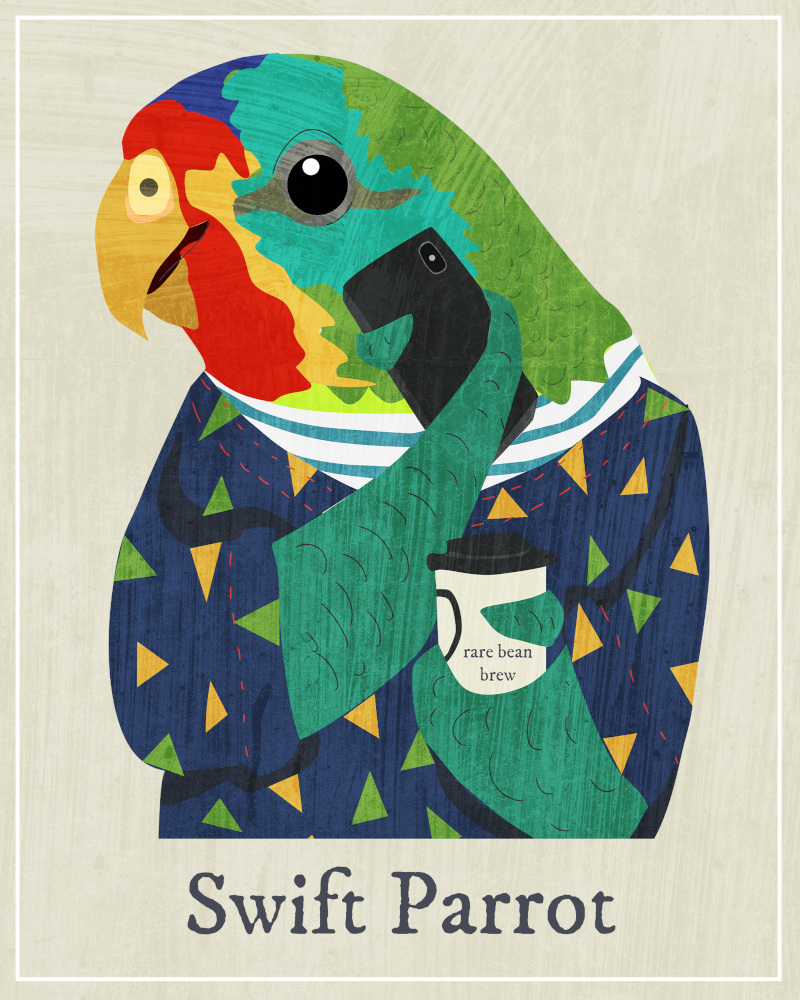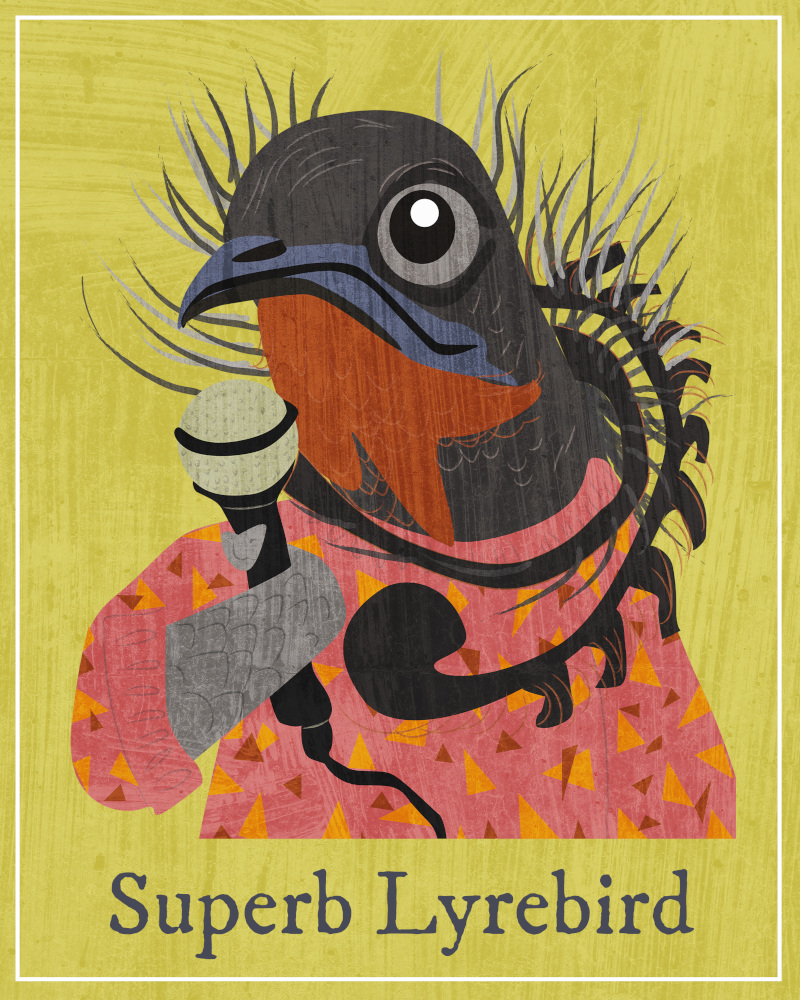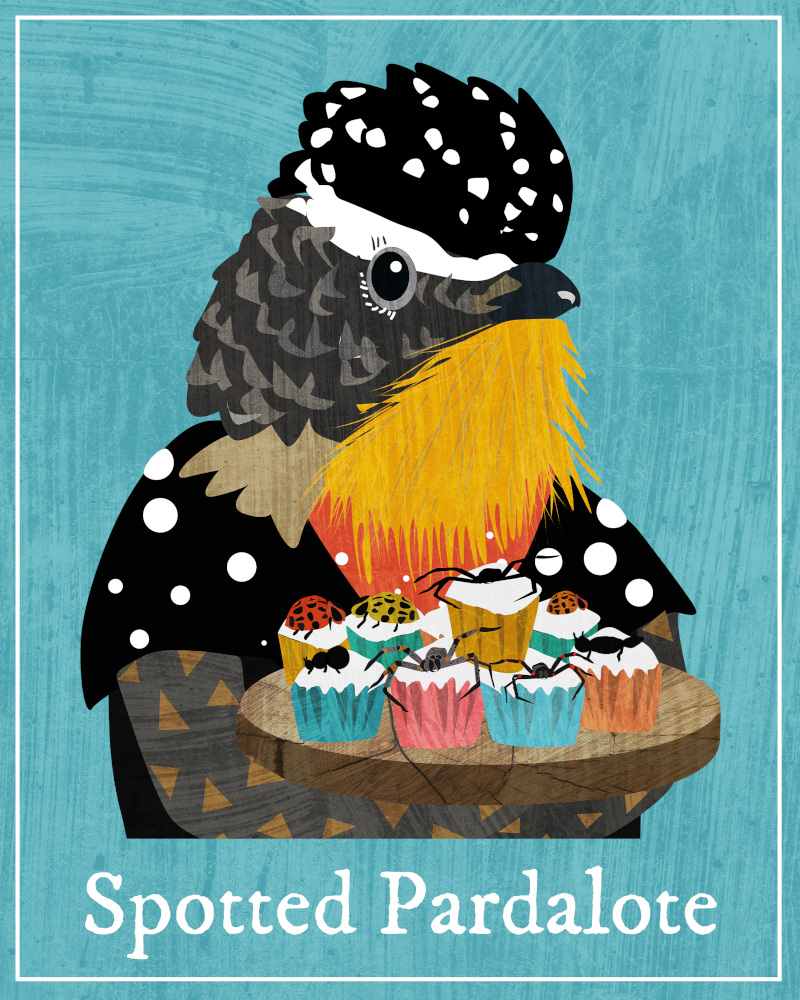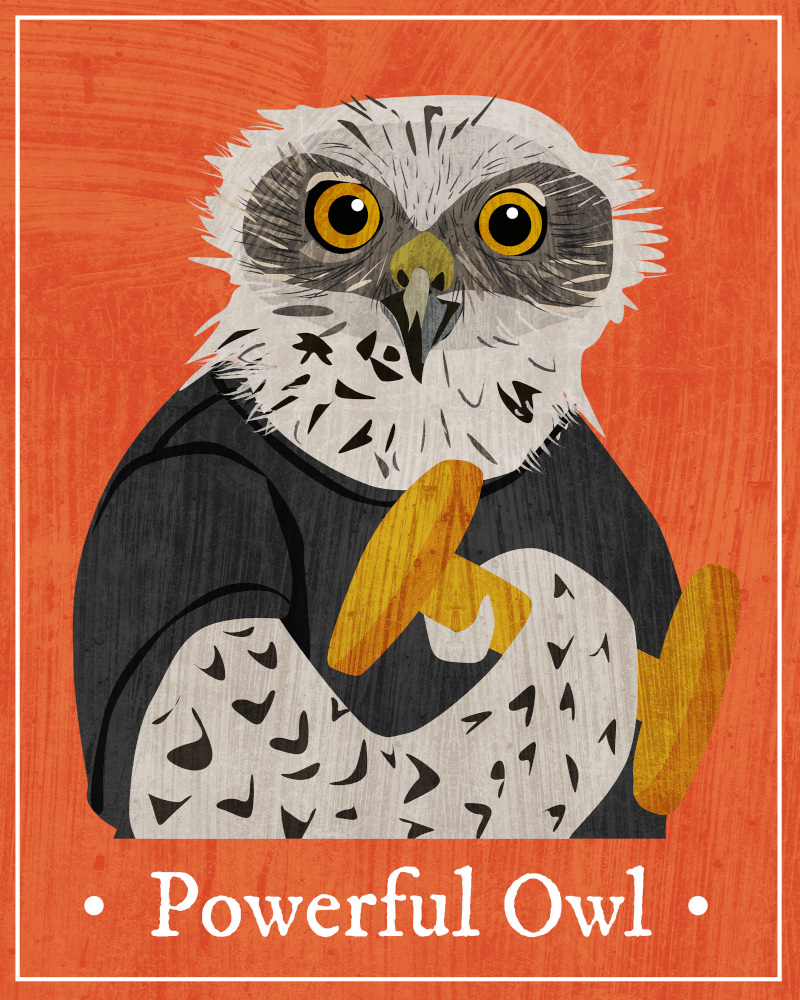What Aussie bird are you? You’re a Regent Honeyeater!
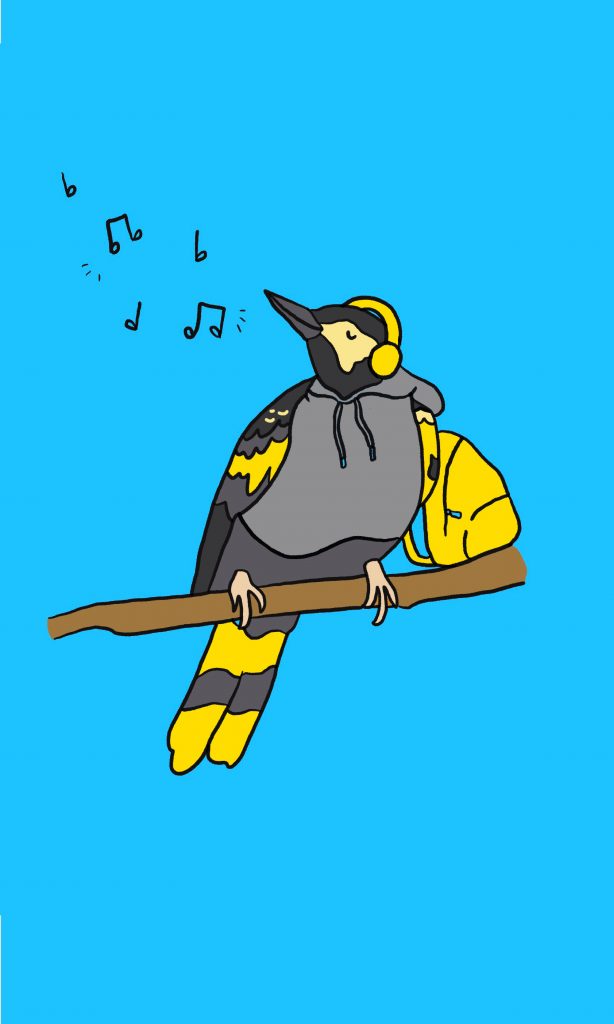
At first, you may seem shy and elusive – you are critically endangered, after all, and you’re very particular about where you like to hang out. But you do leave a memorable first impression – you’re quite the charmer, especially at karaoke (even though you always seem to forget the words!)
You are a bit of a breezy, restless type – you’re always on the move and rarely stay in the one place, and having your own space is very important to you. But despite your best efforts, people are drawn towards how free-spirited and eccentric you are – some keen birders even flock from miles away just to be in your presence!
More about the Regent Honeyeater
Although it is one of Australia’s most handsome honeyeaters, the Regent Honeyeater, named for its striking yellow-and-black plumage, once rejoiced in the name ‘Warty-faced Honeyeater’. Regent Honeyeaters were once regular visitors as far north as Rockhampton, west to the Riverina region of New South Wales, and south to the suburbs of Melbourne, but no more. Widespread clearance of their woodland habitat has seen their numbers decline and their range contract, and has encouraged more aggressive species of honeyeaters, such as Noisy Miners and Red Wattlebirds, to proliferate. The Regent Honeyeater is currently listed as Critically Endangered.
How BirdLife Australia is helping: Woodland Birds Program
In less than 250 years, one-third of Australia’s woodlands have also been destroyed – including 80 per cent of our temperate woodlands. Since so many of Australia’s birds are dependent on woodlands for survival, at least one in five species are now threatened by habitat destruction.
BirdLife Australia’s Woodland Birds for Biodiversity project aims to save what’s left of our temperate and tropical woodlands – working closely with project partners and volunteers to help achieve the best outcomes for our threatened woodland birds.
Click here to learn more about our Woodland Birds Program.
